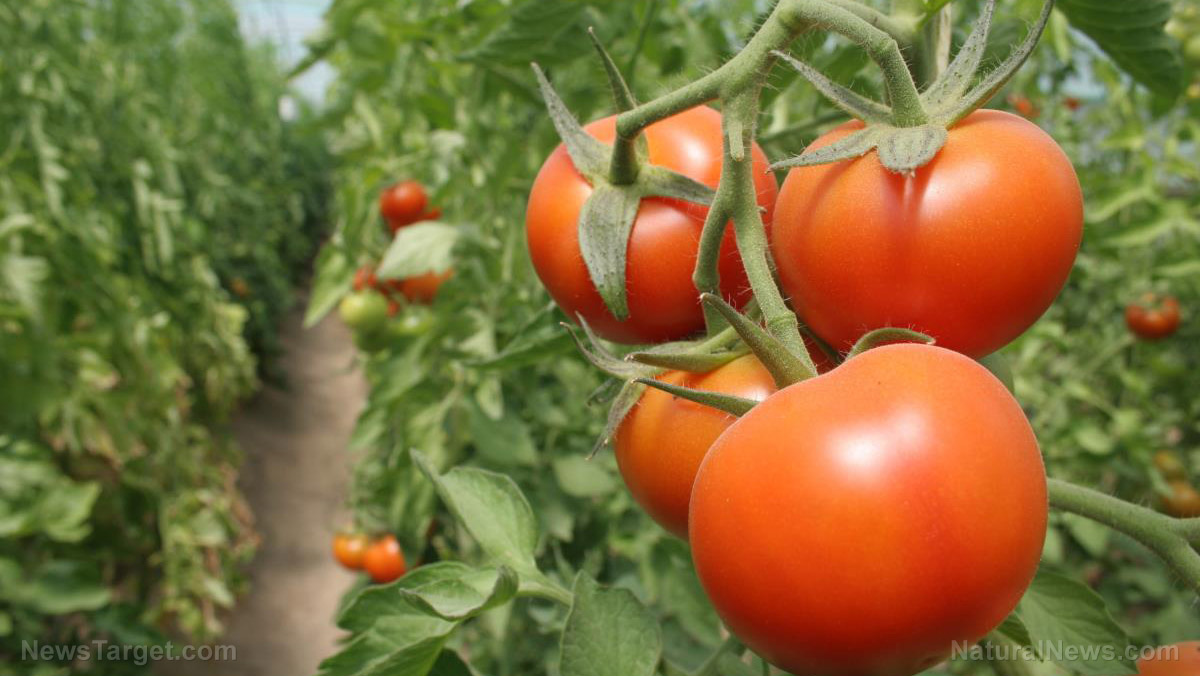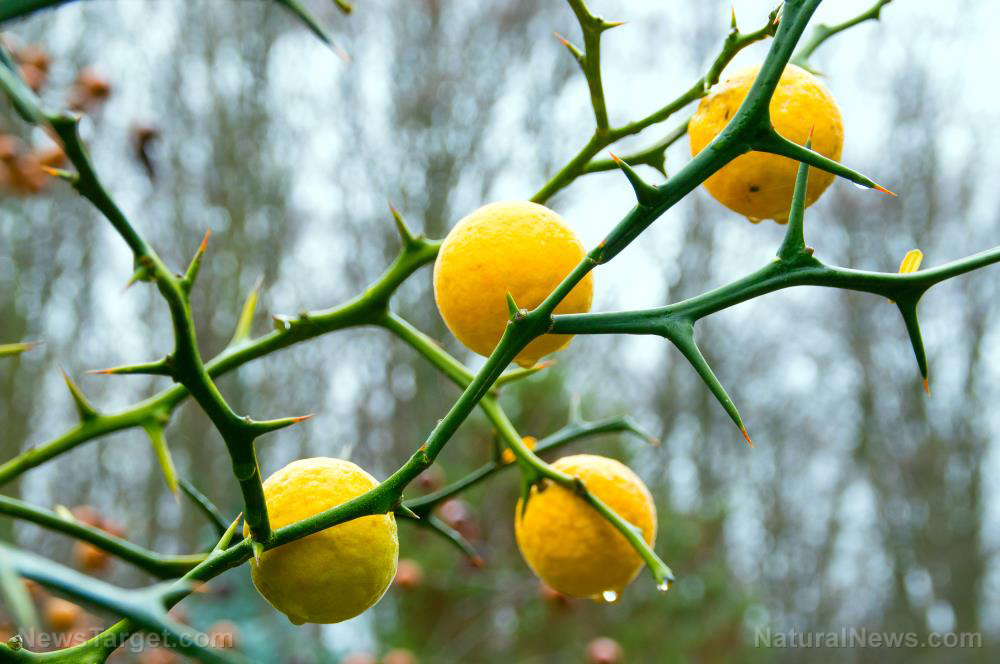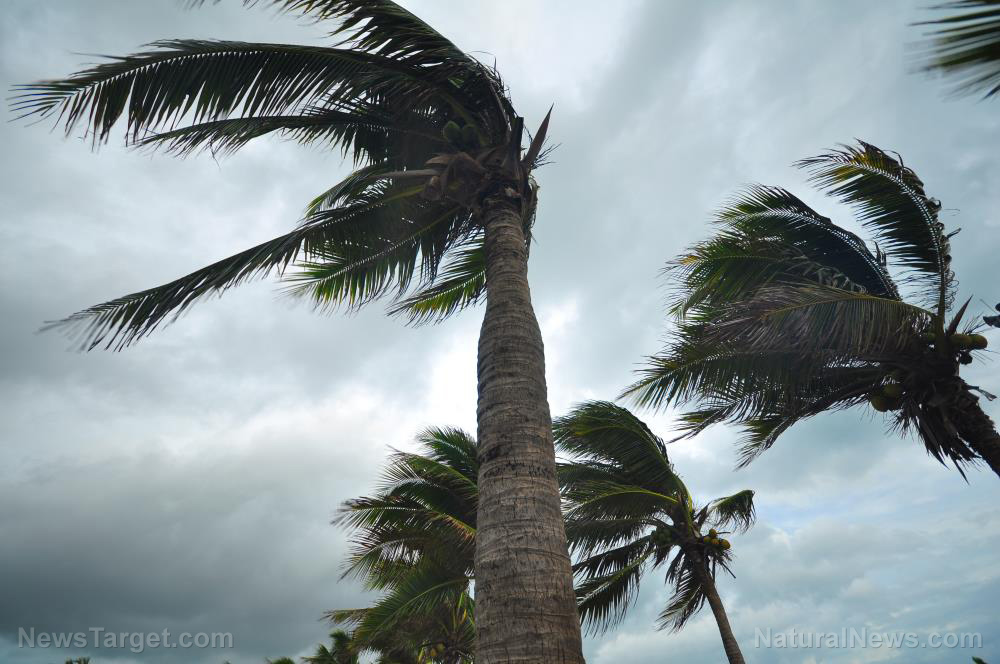Bird flu and food inflation push turkey prices 73% higher than last year
10/20/2022 / By Arsenio Toledo

Turkey prices are currently 73 percent higher than they were last year, and might stay that way or get worse as Thanksgiving approaches.
The price per pound for an eight- to 16-pound turkey is currently at $1.99, up from $1.15 las year, according to data from the U.S. Department of Agriculture (USDA). This constitutes a 73 percent increase in cost. (Related: Food inflation hits 40% as CPI explodes; inflation reaches catastrophic 40-year high as Biden puts America on the path of Sri Lanka.)
The multi-billion dollar turkey industry is staring down headwinds due to inflation and outbreaks of bird flu that are all making it more difficult for the industry to produce more than 200 million turkeys each year to meet demand for the Thanksgiving season.
All these factors have caused farm-level inflation to be “sky high,” according to Walter Kunisch, a senior commodities strategist at Hilltop Securities.
Turkey feed prices have increased by more than 10 percent from Aug. 2021 to August of this year. Farmers are also paying more for labor.
Kunisch warned that consumers shouldn’t count on many of the country’s top turkey suppliers to be able to provide enough turkeys for Thanksgiving, even if there is a chance that they can add more turkeys to the market “at the last minute.”
For consumers who are able to find turkeys, they should be prepared to pay a premium for them. If not, Kunisch said people should consider switching to alternative meats.
Bird flu being blamed for lack of turkeys
Avian or bird flu typically spreads among flocks during the colder months. This year, some of the country’s largest turkey producers have reported cases of bird flu as early as July – a time when farmers are busy raising flocks for the holiday season.
“It’s certainly occurring at a terrible time,” warned Kunisch.
According to the USDA, at least 47.6 million birds have already been affected and the flu has been detected in 42 states. So far, more than 5.4 million turkeys have already been depopulated after showing symptoms. Millions more birds will likely be culled to control the spread of the outbreak. During the last avian flu outbreak in 2015, about 50 million birds were affected.
Minnesota and Iowa, two of the country’s top turkey-producing states, have already reported 3.5 million turkeys and 13.3 million turkeys affected by bird flu, respectively. Other major turkey-producing states like Arkansas, California, Illinois, Missouri, North Carolina and South Carolina are also reporting high numbers of affected birds.
“These viruses are occurring with a higher level of frequency,” said Kunisch. “It seems like this year the HPAI [highly pathogenic avian influenza] is more acute. It’s certainly more widespread in terms of geography.”
Bird flu has already been detected in 42 states.
Jayson Lusk, a professor at Purdue University and head of the agricultural economics department, believes the current outbreak is a hangover from the previous outbreak in the spring. “So, total production is down, and as a result, wholesale prices are up.”
It’s difficult to predict how much higher turkey prices will go, but Lusk warned that wholesale prices could rise another 30 percent higher than last year.
“Retailers occasionally use turkeys as a loss leader. They’ll try to get people in the store by advertising very affordable turkey prices so that when people come in the door, they spend more money on other stuff,” said Lusk.
Jennie-O, a brand of turkey products owned by Hormel Foods, one of the largest turkey suppliers in the country, had to slaughter thousands of infected birds in recent months.
“Lower industry-wide turkey supplies are expected to keep prices higher near term,” warned Jennie-O Chief Financial Officer Jacinth Smiley on a recent earnings call.
Learn more at FoodInflation.news.
Watch this episode of the “Health Ranger Report” as Mike Adams, the Health Ranger, discusses food inflation hitting 40 percent as the consumer price index explodes.
This video is from the Health Ranger Report channel on Brighteon.com.
More related stories:
Grocery store discounts are getting harder to find as food inflation soars.
Food crisis continues: Upcoming US harvest expected to be the most disappointing in years.
August food inflation jumped by 11.4%, but experts warn the worst is yet to come.
Food shortage simulation predicts 400% SURGE in food prices by 2030.
Sources include:
Submit a correction >>
Tagged Under:
agriculture, avian flu, bird flu, chaos, collapse, food collapse, food inflation, food prices, food supply, grocery, Holidays, inflation, outbreak, panic, poultry, products, rationing, scarcity, supply chain, Thanksgiving, turkey
This article may contain statements that reflect the opinion of the author
RECENT NEWS & ARTICLES
FoodRationing.news is a fact-based public education website published by FoodRationing News Features, LLC.
All content copyright © 2021 by FoodRationing News Features, LLC.
Contact Us with Tips or Corrections
All trademarks, registered trademarks and servicemarks mentioned on this site are the property of their respective owners.



















